QuestionI have 1male anol and 2 femals will they both lay eggs and if they do how do I take care of them
AnswerIf they are adults, and are in good condition and well-cared for, they will lay eggs. It is particularly important to make sure you have UVB lighting, and dust all insects with calcium +D3, as it takes a lot out of them to breed. Since green anoles are virtually all wild-caught, you may need to have them deparasitized. (Unless you bought them specifically as captive-bred). Parasites can quickly build to lethal levels in a captive situation, and the added stress of reproduction would hasten that process.
The females, once they begin producing eggs, will bury them in soil. If you're not using soil in your cage, you should provide them with a damp soil or coconut fiber area that's suitable for them to lay, otherwise they may try to retain their eggs until they find a suitable place, which can result in egg binding (dystocia). Females will lay one egg approximately every 10 days.
Eggs, when found, can be removed from the cage and placed in a deli cup containing moistened vermiculite. (The ratio is 50/50 vermiculite and water by weight, not volume--or, add water until the vermiculite holds together in a clump when squeezed, but do not add so much water that you can wring water out of it).
Place in an incubator such as a ReptiBator or a HovaBator controlled by a quality thermostat (I don't recommend the wafer thermostat the HovaBator comes with). Temperatures should be 80 to 85F (aim for 83 F). They will hatch in 4 to 6 weeks.
New hatchlings are extraordinarily tiny, and very delicate. I recommend setting them up in something like a ZooMed 12 X 12 vivarium, though you may need to put screen over some of the clip holes on top to prevent them from finding a way out. They can be cared for the same way the adults are (UVB light, 90F basking temp, etc). It is particularly important to maintain stable temperatures in the correct range, high humidity, good air flow, and frequent misting.
Feed them flightless fruit flies dusted with calcium. Both adults and hatchlings may also appreciate a treat of Repashy crested gecko diet or day gecko nectar.
Hatchlings are susceptible to rapid dehydration if kept in a low humidity environment, so take care to keep humidity levels above 60%.

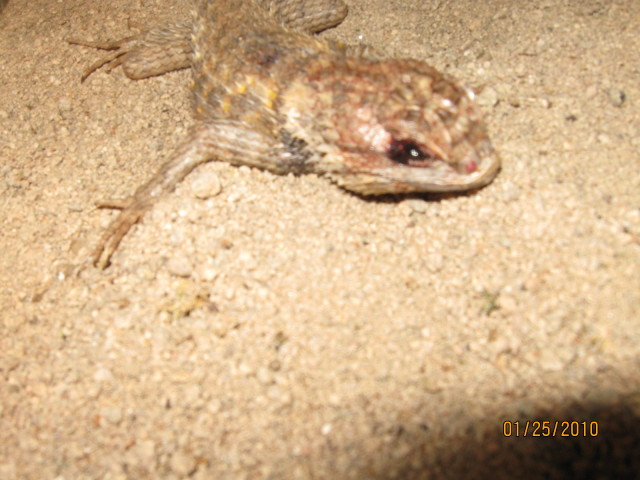 desert spiny lizzard
QuestionEYE
QUESTION: back in June my sister fou
desert spiny lizzard
QuestionEYE
QUESTION: back in June my sister fou
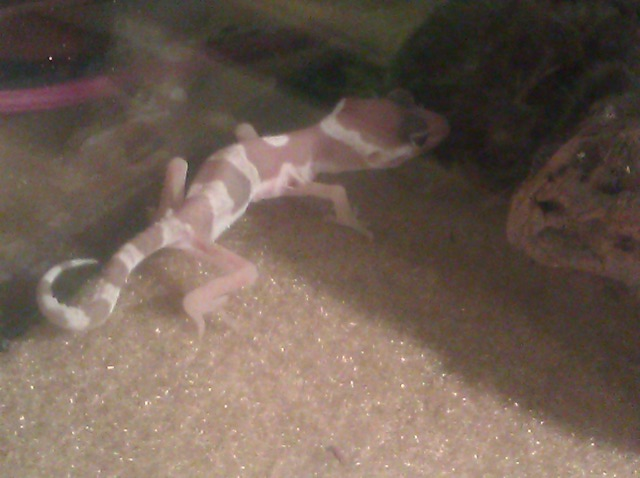 Leopard Gecko SICK
Question
Leo Gecko Under His Tail
I just r
Leopard Gecko SICK
Question
Leo Gecko Under His Tail
I just r
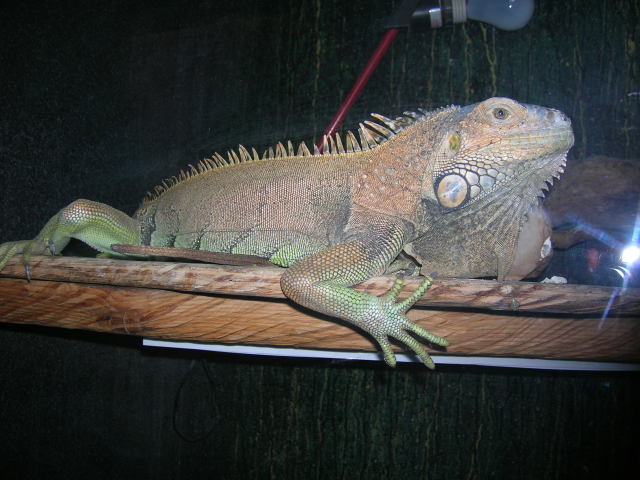 Green Iguanas Longevity
Question
Ralph
I have had my green iguana for almost 15
Green Iguanas Longevity
Question
Ralph
I have had my green iguana for almost 15
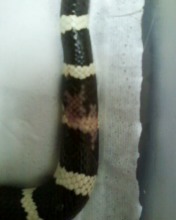 tea tree oil
QuestionQUESTION: I have a baby California king snake,
tea tree oil
QuestionQUESTION: I have a baby California king snake,
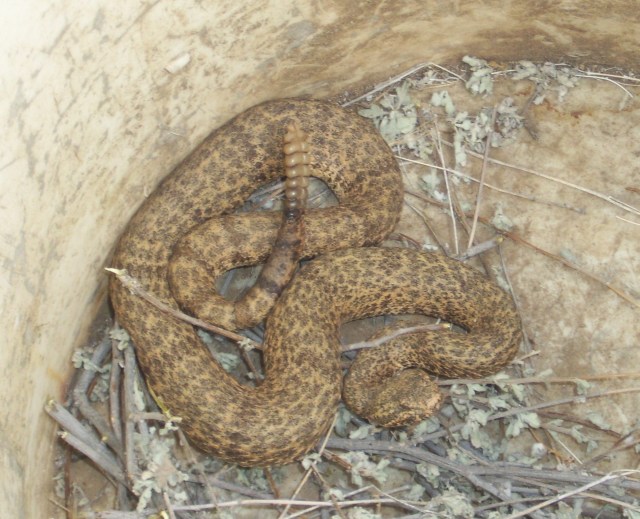 unknown rattlesnake
Question
snake
We live in Texas near Terlingua and Big
unknown rattlesnake
Question
snake
We live in Texas near Terlingua and Big